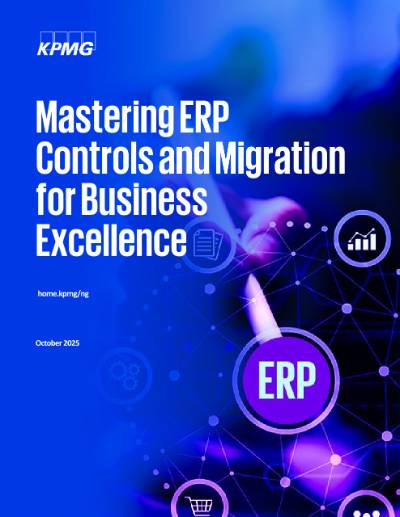Introduction
In an increasingly data-centric environment, organizations are rethinking their operations to remain competitive and adaptable. At the heart of this transformation lies the Enterprise Resource Planning (ERP) system, a solution that unifies and automates business processes across finance, operations, HR, procurement, and more. However, the journey to ERP modernization isn’t just about upgrading technology; it’s a strategic shift that influences every operational and strategic layer.
To fully realize the potential of an ERP system, organizations must excel in two critical areas: implementing robust ERP controls and executing a disciplined, risk-aware migration strategy. These are not just operational necessities; they are fundamental drivers of long-term success.
ERP migration whether from legacy systems, fragmented platforms, or to flexible cloud solutions must be executed with precision. Poorly managed transitions risk data loss, operational disruption, and costly downtime. Done right, they unlock faster decisions, sharper transparency, and efficiency paving the way for growth and lasting success. By embedding strong ERP controls throughout the migration process and aligning it with clear strategic business goals, organizations not only mitigate risks but also create a foundation for long-term success. This approach ensures data integrity, enhances operational efficiency, and drives smarter decision-making, positioning the organization for sustainable growth in an ever-evolving digital landscape.
Click here to read more



